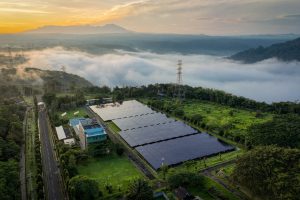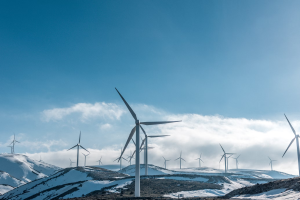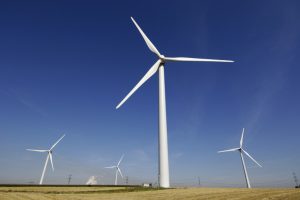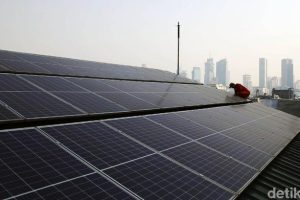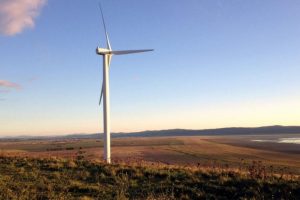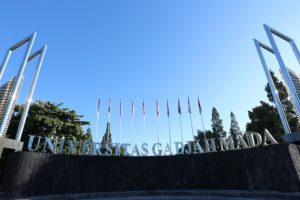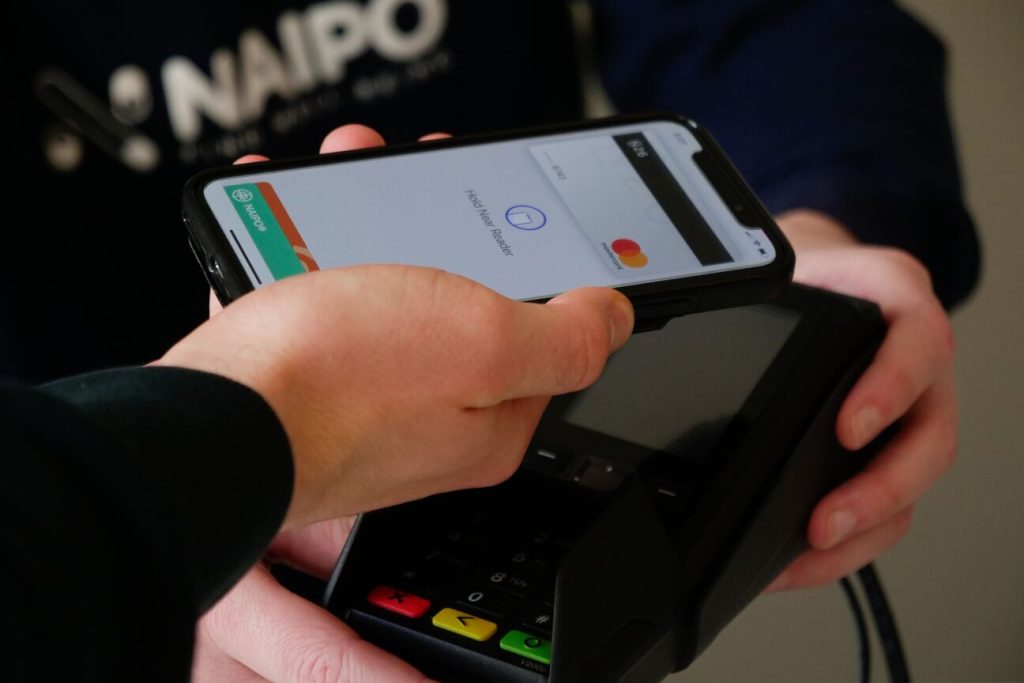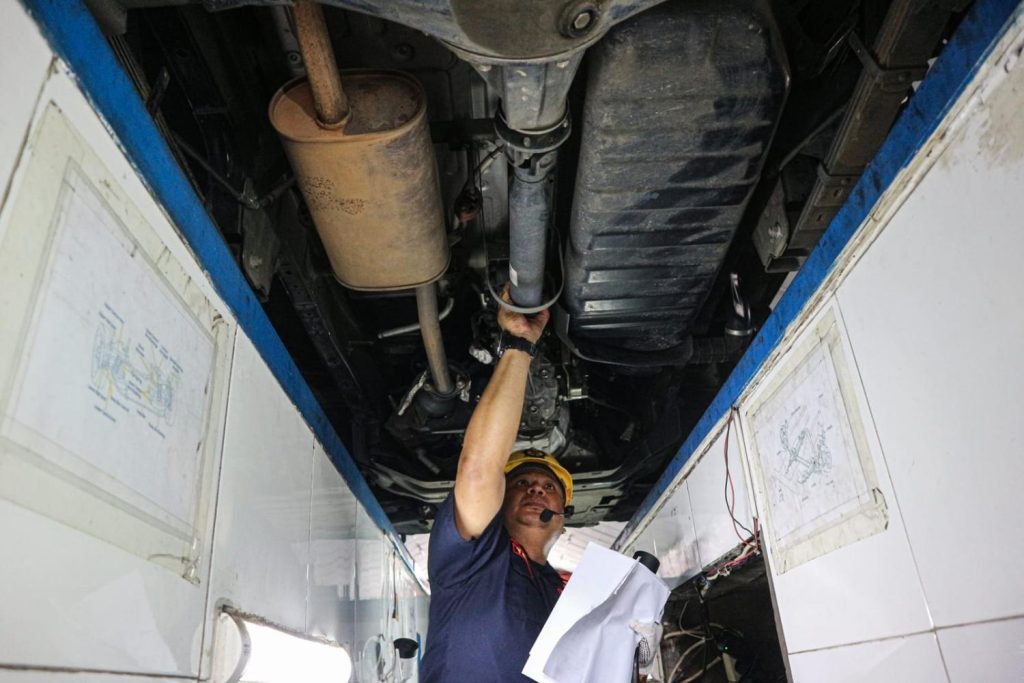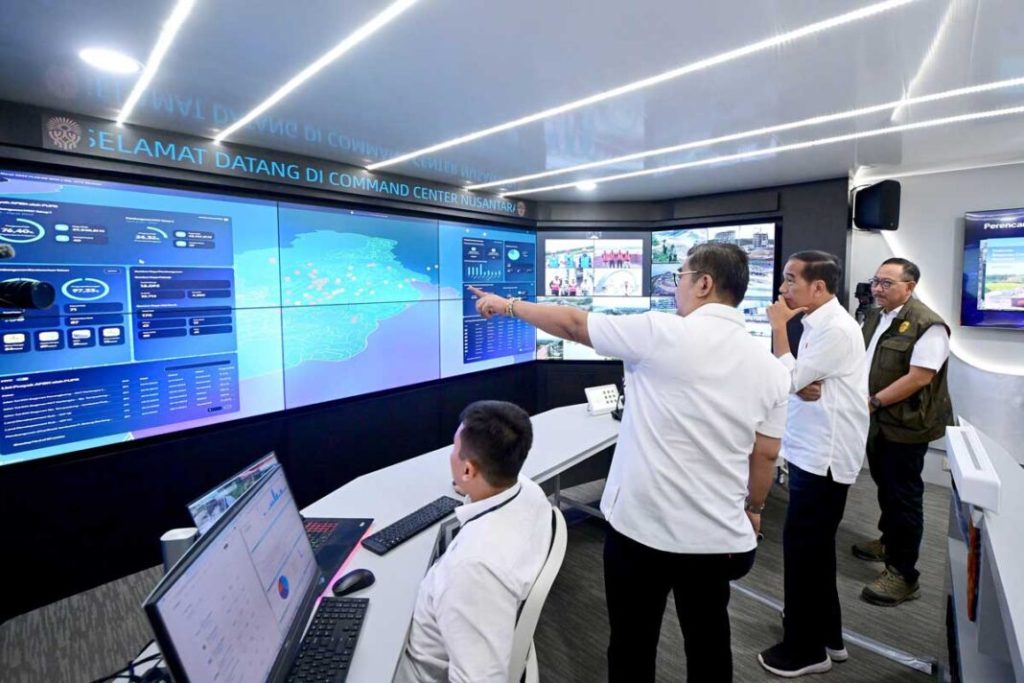By: Anggun Alfina Zakia
Research Assistant at Purnomo Yusgiantoro Center (PYC).
The dimension of poverty no longer speaks of the amount of income by each individual but has developed in a multidimensional perspective. Multidimensional poverty can capture not only the number of people but also showed the characteristics of poverty experienced by the population. So, when the government making the policy, the policy will be more appropriate because it has clear indicators in determining the success of the program.
This article was written to get information about the conditions of multidimensional poverty in Indonesia, especially energy as one of the multidimensional indicators of poverty. The parameter used to see the depth of multidimensional poverty itself is the Multidimensional Poverty Index (MPI). MPI developed by the Oxford Poverty and Human Development Initiative (OPHI) (Statistics of D.I. Yogyakarta, 2016). MPI sees poverty from many dimensions (multidimensional), so it can take a broader picture of poverty occurring in an area compared to one-dimensional approaches such as basic need approaches.
The structure of poverty in MPI is broader than just income or consumption but defines it in a multidimensional manner such as limited access to education, health, and quality of life. Energy is one of the important indicators used to measure MPI. Two points that are indicators of MPI from sector energy are sources of lighting and fuel/energy for cooking, both of which are included in the standard of living.
The definition of lighting sources is households that do not have a proper source of lighting (MPI-Indonesia, 2019). The threshold of this indicator is households that have non-PLN lighting sources such as petromax, torch, others and do not have PLN electricity above 900 watts. The global reference used by this indicator is the SDGs 7 goal is especially 7.1. While for fuel indicator/energy for cooking is fuel/energy used for cooking is feasible or not (MPI-Indonesia, 2019). The threshold for this indicator is households that still use kerosene, charcoal, briquettes, fuelwood, and others and do not use electricity and gas as the main fuel for cooking. This global indicator reference is SDGs 7 goals especially 7a and 7b.
According to Ban Ki-Moon, energy is a golden thread that connects economic growth, increases social and environmental equality that enables the continuity of the earth. This is in line with the multidimensional poverty theory of Sen (2000) which states that the availability of access to modern and affordable energy services can’t only improve the quality of decent living, but also improve the quality of education and health services. With energy access, this will grow the people’s economy, create jobs, children can study at night, clinics can store vaccines for treatment, countries can developing a strong and competitive economy.
International Energy Agency (IEA) defines the condition of energy poverty as a deprivation of access to electricity sources and dependence on traditional biomass fuels for cooking such as fuelwood, charcoal, agricultural waste, and animal waste. If it is pulled up again, these two things are the main indicators of the achievement of the objectives of SDG 7 which aims to ensure access to affordable, reliable and sustainable modern energy sources.
As the largest net exporter in the world and the eighth largest exporter of clean natural gas (IEA, 2018), the condition of energy poverty in Indonesia still needs more attention. According to data from the Energy Sector Management Assistance Program (ESMAP) in 2016, there were 6 million people who did not have access to electricity and all of them were people living in rural areas. In addition, there are still 109 million people who still depend on traditional biomass fuel for cooking.

Source: (Statistics of Indonesia, 2018)
The policy on the conversion of kerosene fuel to LPG that was carried out by the government for the period 2007-2011 actually had a large impact. The impact is a shift in the pattern of the use of energy types for cooking to be cleaner and more efficient. However, there are still a number of regions that have not been able to enjoy the subsidy policy due to distribution factors, so that making LPG prices that should be able to be purchased by the public to be more expensive. Based on data from the People’s Welfare Statistics 2015 – 2017 shows an increase in the ratio of household gas use in Indonesia (Figure 1). The ratio of household gas use is calculated as a comparison between the number of households using gas to the total household. This indicator is used to see the proportion of households that have utilized the use of gas as a cleaner and safer fuel for cooking. Increasing the ratio of household gas use shows an increasing trend, but has not reached 100 percent. This further reinforces the suspicion that there are still many Indonesians who still use traditional fuel and are not clean as fuel.
Energy poverty is not solely influenced by the individual’s financial condition, but also the condition of the area of residence and the availability of infrastructure. Funding for the installation of energy sources, institutions that assist to conduct and monitor energy, regulations and/or policies that support them, are a number of things that are also important factors for increasing access to energy for a person or group of people. At present, there are several energy funding projects that utilize local wisdom such as the Biogas project implemented by HIVOS in NTB, NTT and South Sulawesi. Whereas in several other regions, the government also provided funding for farmers to be used as biogas installation. But however, the program is always constrained in the maintenance phase, so there are not a few biogas projects that are not running.
Based on an evaluation of development planning carried out by the Ministry of Planning and National Development or Bappenas, at the end of 2016 the national electrification ratio reached 91.16 percent (Ministry of National Development Planning / National Development Planning Agency (BAPPENAS), 2017). A total of 32 provinces including electrification ratios of more than 70 percent, while 2 provinces (NTT and Papua) are still below 60 percent and get more attention in an effort to improve access to electricity. On the other hand, the use of non-electricity is most often used by Papua Province (49.10 percent), NTT (27.86 percent), West Papua (13.61 percent), Maluku (11.86 percent) and North Maluku (10.01 percent) (Statistics of Indonesia, 2016). Almost all residents in the area do not use electricity as the main source of support. They generally use lighting sources from kerosene lamps or temple lights. When compared with other ASEAN countries, Indonesia’s electricity consumption per capita is still lagging behind. Brunei Darussalam’s electricity consumption reached 10.113 kWh / capita, and Vietnam with 1,439 kWh / capita. This illustrates that increasing access to electricity, especially in rural areas, needs to be improved.
The intervention to solve the problem of energy poverty is one of the policies that must be prioritized at this time. In addition to being mandated by law and the target of achieving sustainable development goals, access to a variety of energy services can increase the opportunities for the opening of various business activities that can generate income and significantly reduce poverty
References
Badan Pusat Statistik. (2016). Survei Sosial Ekonomi Nasional (SUSENAS). Jakarta: BPS.
Badan Pusat Statistik DIY. (2016). Analisis Kemiskinan Multidimensi dan Ketahanan Pangan di DIY. Daerah Istimewa Yogyakarta: Bada Pusat Statistik.
Badan Pusat Statistik Indonesia. (2018). Indikator Tujuan Pembangunan Berkelanjutan (TPB) Indonesia 2018. Jakarta: Badan Pusat Statistik Indonesia.
IEA. (2018). Key World Energy Statistics. International Energy Agency (IEA).
Kementerian Perencanaan Pembangunan Nasional/ Badan Perencanaan Pembanguan Nasionan (BAPPENAS). (2017). Evaluasi Paruh Waktu RPJMN 2015-2019. Jakarta: Kementerian Perencanaan Pembangunan Nasional/ Badan Perencanaan Pembanguan Nasionan (BAPPENAS).
MPI-Indonesia. (2019, 20 2). Retrieved from MPI Indonesia (Indeks Kemiskinan Multidimensi): http://www.mpi-indonesia.org/dimensi-indikator.html
Disclaimer: This opinion piece is the author(s) own and does not necessarily represent opinions of the Purnomo Yusgiantoro Center (PYC).
